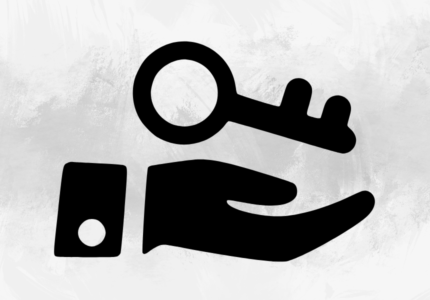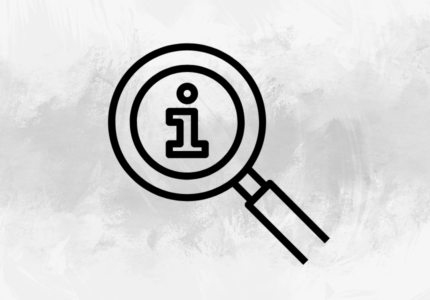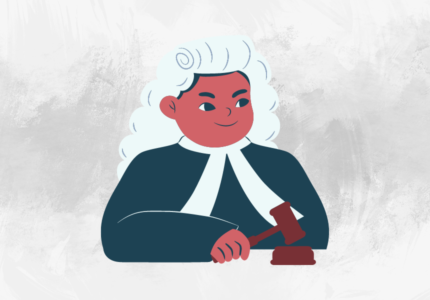
Although trajectories might seem complicated, it is something most people avoid in high school. It is one of the fascinating topics when it comes to career planning. Why? It is your goals and dreams. It will tell you where you want to go. It is your life plan.
If you want to achieve extraordinary successes, such as Larry Page and Bill Gates, then a typical career path is a bell-shaped graph.
The horizontal axis in your graph will represent the time spent at each stage (which is explained later), and the vertical will correspond however you choose to measure your success, probably based upon the compensation, rank in the hierarchy, and awards or any other factors. You will be able to make better decisions about your career if you are on the right track.
We also share the career progression of an average Joe:
1. Startup
Joe starts to understand the work environment that he will be working in for the next few decades. This is where Joe decides if this is the career he wants to pursue.
Just like in childhood, starting up is a critical stage. This is the best stage to save most of your knowledge and concepts. Joe, a start-up founder, may find all things exciting and make rapid progress in his performance. This progress won’t reflect on the trajectory, as his y-axis doesn’t include the version. Maybe the next stage.
2. Establishment
This is the stage when Joe will be familiar with the procedures of the profession and can manage beginners. He will begin to feel the responsibility for the company’s work, and his dedication will pay off with a promotion or salary increase. Joe’s career will accelerate, and people will notice his performance.
3. Mid-Career Crisis
This stage is called the age of comparison. Joe will reflect on his past decisions and reassess them during this stage. He will likely compare his accomplishments with his family and friends and will be too concerned about what he has lost (especially his health). It could be challenging.
Joe is still at the top of his profession, but he’s starting to think about retirement and his life after work. Joe has a tendency to be a flashpacker and is more open to taking risks.
4. Aging
This is the time to be focused on your family and grandchildren. Joe may still work part-time or full-time. Joe is considering whether to retire immediately or later. Although he may not be as active now as he was in the early stages, he is still happy with his job and ready for a younger generation to take over.
5. Declination
A period when Joe retires and does not return to his old job. You won’t be able to attend seminars or work as a consultant. The career path is horizontal, and professional activity is over.
Kate Ross-Myers is a New York-based human resource magazine. Her experience includes preparing resources for training, recruiting, and hiring. Kate speaks at conventions and forums on employee growth and wellness.





